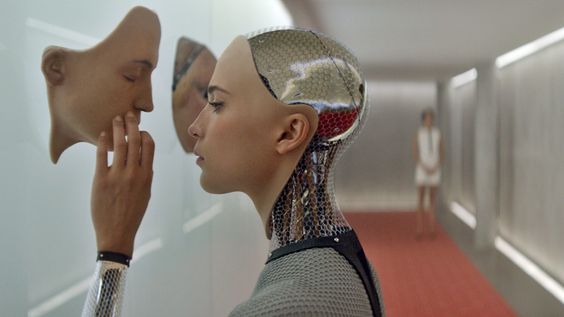Robotic systems have changed the face of surgery with its promises of greater precision, shorter patient recovery time and the ability to perform tasks that even the most skilful of surgeons cannot accomplish. But what is the future of robotics and can they really become the equivalent of a surgeon’s dominant hand?
What does robotic surgery involve?
Robotic surgery is a wonderful tool which has been used for the last few years to boost the capabilities of a surgeon. Robots are used in order to obtain more precision where human hands cannot. With robots and computers, sub-millimeter precision can be obtained. The surgeries involved are often minimally invasive and can be more fluid in its navigation than the surgeon’s hand.
So are robots likely to be running surgical theatres and putting surgeons out of work in the future?
Long surgical hours lead to fatigue and strain on the operating surgeon. These can eventually lead to tremors as an occupational hazard for the surgeon. Assisting robots are known to take off the strain. They provide a better and safer occupational environment and allow surgeries to run far more smoothly.
Robotics have a great range of use and have so far been used for a large variety of surgeries, including laparoscopic cholecystectomies, neurosurgeries, and orthopaedic surgeries.
What are some of the most recent projects being developed?
Researchers at the University of California, San Diego have been working on a number of projects to help make robots part of the surgical team. The projects include an automated surgical assistant (the da Vinci robot) which can perform minimally invasive surgeries. The robot has a total of four arms, which are controlled by the surgeon, two at a time, using a console.
Currently, the da Vinci robot is used in prostatectomies, cardiac valve repair, and gynaecological surgeries, but has been successfully used for a number of other procedures. The hands hold the essentials of surgery; a scalpel, scissors, and the tools for electrosurgery. The future of this robot sees all four arms being used simultaneously and partially autonomously which would allow the surgeon to be aided in routine tasks such as suction, irrigation etc.
Advances in robotic surgery do not have a goal of replacing surgeons in the operating room.
Better strength and control is also being developed within robots used for surgery. Artificial muscles are required for the robots to be able to move with more agility and carry more weight and thus more research is being done to create artificial muscle fibres, which can efficiently contract and relax just like a human hand. With these in place, the robot can act just like a surgeon’s dominant hand.
Is robotic surgery really helping to save more lives?
Evidence suggests that, although robotic surgery seems to be a wonderful ally in the world of surgery, its efficiency may not be quite as high as we might think. Robots are only effective as far as the surgeon’s capabilities. Robots can successfully aide experienced surgeons in their work but mistakes and problems still arise with inexperienced surgeons despite the use of robots in surgery.
Robotic surgery still has a long way to go with regards to autonomous procedures. It is not always certain that the robot will not malfunction, causing a problem in the surgery. Also, the cost of the equipment in robotic surgery is very high which is another disadvantage of its use. However, in certain procedures such as lung surgery, the incisions made are much smaller and this result in a faster recovery time and less post-operative discomfort. Such results can be integral to the case for robotic surgery.
What is the future of robotic surgery?
So are robots likely to be running surgical theatres and putting surgeons out of work in the future? The answer to this put simply is no. It must be said that advances in robotic surgery do not have a goal of replacing surgeons in the operating room.
Robots cannot have the ability to make decisions on whether or not a patient should have a particular surgery, nor can they decide what kind of surgery will be ideal for the patient. However, the increased dexterity of a robot has improved the precision of surgeries and other highly technical tasks can be performed more effectively with the help of robots.
Real-time 3D maps can be drawn up inside the body to help with navigation and different imaging data from prior studies can be displayed at the same time to allow for a better view and analysis of the surgical situation. However, while these can assist a surgeon greatly, they can never replace a surgeon entirely.
Author: Rajlakshmi Mukhopadhyay
Bibliography
- https://phys.org/news/2017-02-advanced-robotic-surgeon.html
- https://medicalxpress.com/news/2016-08-robotic-surgery-technique-lung-cancer.html#nRlv
- http://allaboutroboticsurgery.com/surgicalrobots.html
- http://www.bjuinternational.com/bjui-blog/randomised-controlled-trials-in-robotic-surgery/
- http://www.med.nyu.edu/robotic-surgery/physicians/procedures/z-procedures-guide/robotic-surgery-lung-cancer
- http://filmandfurniture.com/2015/12/ex-machina-jaw-dropping-architecture-stunning-design-and-now-a-bifa-winner/


43 replies on “ The Promise of Precision, What Is the Future of Robotic Surgery? ”
Comments are closed.